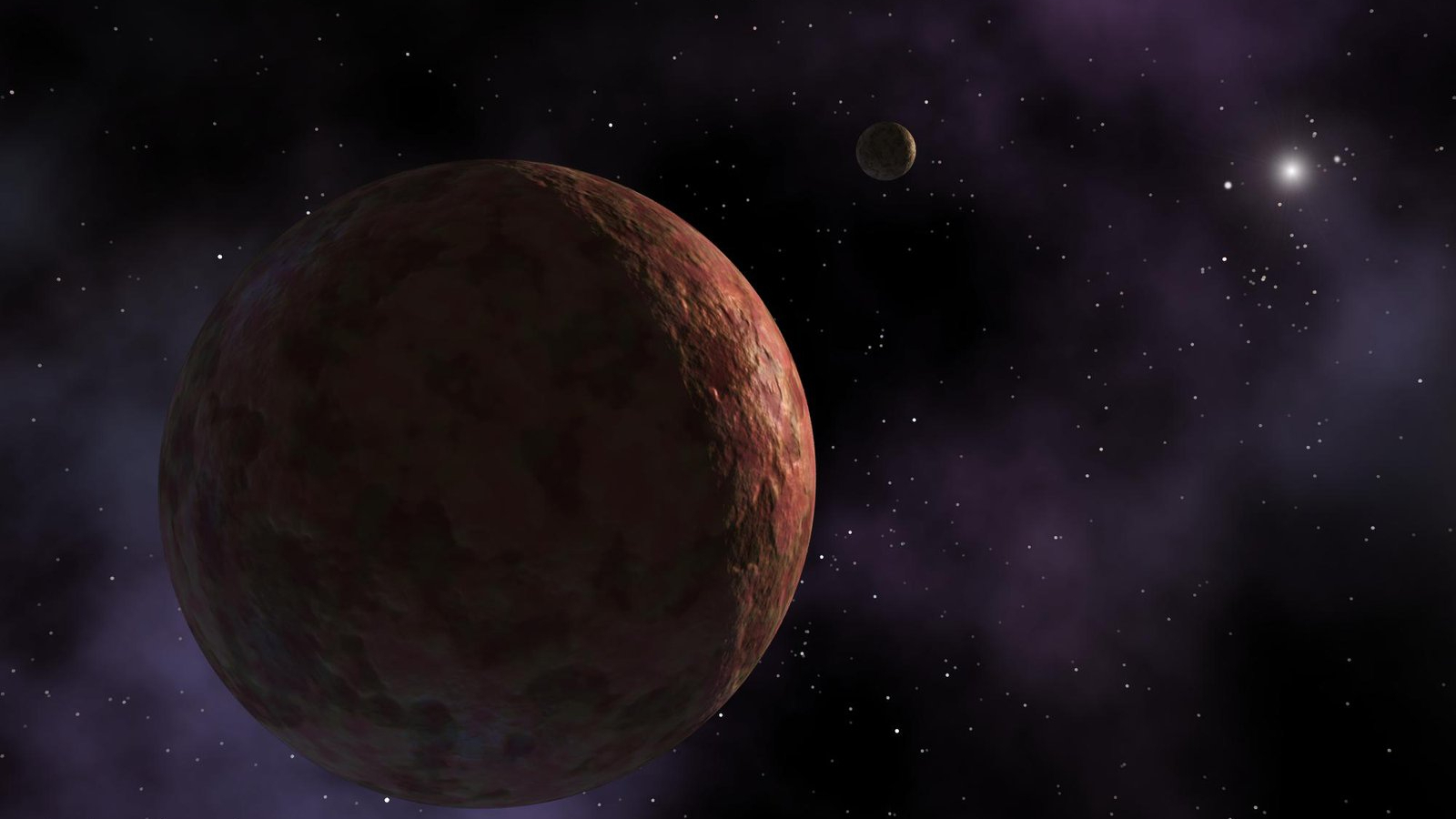Now Reading: James Webb Telescope Unlocks New Insights into Dwarf Planets
-
01
James Webb Telescope Unlocks New Insights into Dwarf Planets
James Webb Telescope Unlocks New Insights into Dwarf Planets

Quick Summary
- Pluto vs. Sedna: A study highlights a surprising chemical difference between Pluto and Sedna,two dwarf planets in the Kuiper Belt. Pluto contains both methane and ethane on its surface, while Sedna has only methane.
- Reason for Difference: Researchers hypothesize that sedna’s weaker gravity allows methane to escape over billions of years, whereas the heavier ethane remains stable.
- Scientific Methodology: The researchers used models like Jeans escape (thermal-driven) and hydrodynamic escape (bulk atmospheric motion) to study volatile loss processes. Comparisons were drawn using data from Comet 67P and Saturn’s moon Enceladus.
- Key Finding: Smaller Kuiper Belt objects appear to lose methane over time due to lower mass, while larger ones like Pluto retain it.
- Implications for Other Objects: Similar findings apply to Gonggong, another Kuiper Belt object with characteristics resembling Sedna’s.
- Importance for Future Missions: Understanding volatile retention and loss rates will aid in planning future space exploration missions targeting distant solar system bodies.
Artist’s illustration of the dwarf planet Sedna – Image credit: NASA/JPL-Caltech
indian Opinion Analysis
The study sheds light on the nuanced differences between smaller and larger celestial bodies in the outer solar system regarding their ability to retain specific surface volatiles like methane or ethane. These findings refine our understanding of planetary formation processes from billions of years ago-vital knowledge for India’s expanding space program as it contemplates deeper space exploration initiatives.
The James Webb Space Telescope’s role exemplifies how advanced observational tools can revolutionize interpretations about distant worlds such as those within the kuiper Belt-a region still relatively unexplored but critical for understanding planetary evolution across different mass thresholds.For India,notably ISRO scientists focused on planetary science projects such as Chandrayaan or upcoming interplanetary missions,studies like this coudl provide valuable data frameworks when considering mission objectives or choosing target objects beyond Earth’s neighborhood.
























